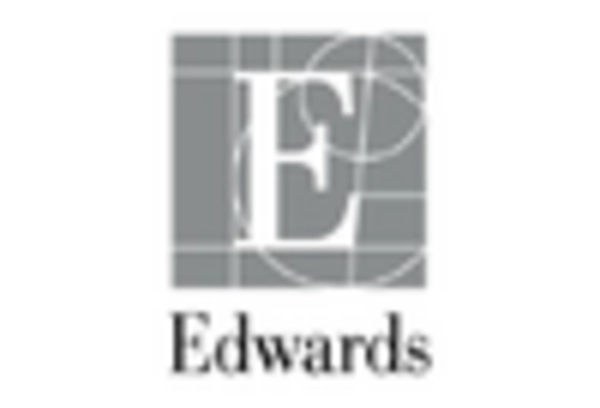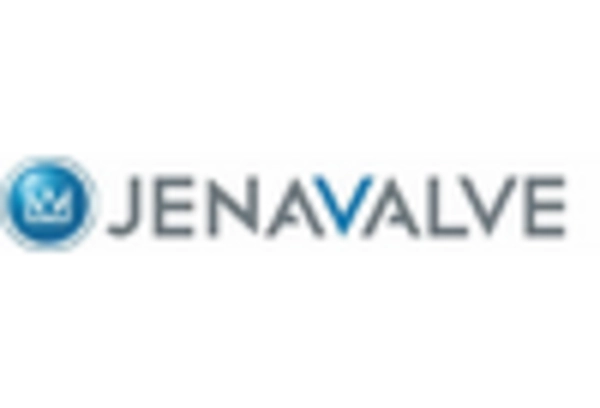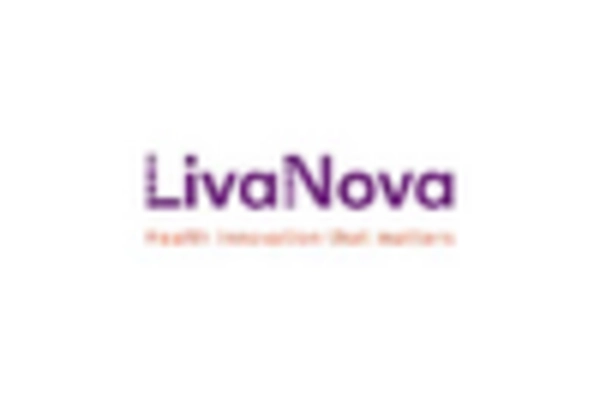Aortic Valve Size
Aortic Valve Market Growth Projections and Opportunities
It is projected that the value of the Aortic Valve sector will reach USD 11.3 Billion by 2032 and its expected CAGR will be 10.8% in the next 5 decades 2023-2032 . The aortic valve market is demarcated by different forces that all possess a potential to shape its development. The primary cause of this growth is the increasing incidence of cardiovascular ailments, with special attention to aortic valve mishaps attributed to population aging and a host of other health issues. With aortic valve diseases numbers on the rise, the call for the best and only advanced aortic valve replacement treatment has become increasingly predominant.
Regulatory factors are the main factors which are crucial in creating the Aortic Valve, Market need making sure that aortic replacement devices offered to patients are safe, effective and also adhere to quality standards. Strict regulations that govern the use of these medical devices in the areas of approval, manufacture, and usage, form a foundation for the industry performances and protect patients from harm.
The progress of technologies in cardiovascular medicine is a driving force behind the aortic valve market, and in recent years it has seen a continuous development. Moreover, the constant advancement of the next generation aortic valve replacements, such as tissue valves, mechanical valves, and transcatheter valves, give physicians and patients much of the treatment options. These technological developments, as of now, are meant to increase the durability, compatibility, and delivery means of aortic valve replacement devices, which, in turn, will create the market niche for the same.
The economic factors that influence healthcare budgets, affordability, and treatment option cost-effectiveness have an effect on how these medical approaches get accepted into the system. Though the initial costs of aortic valve replacement procedures fluctuate, therapeutic results together with lower hospitalization durations and overall cost-benefit may be persuasive for health providers and people with cardiac problems looking for effective care.
The competition’s aortic valve market landscape is shaped by the presence of medical device manufacturers and healthcare companies with different aortic valve replacement solutions. Intense competition enhances innovation as companies target key areas including less invasive, durable and adaptive to varied populaces.
Educational programs influencing the healthcare system, mainly through raising the consciousness about replacement valve problems, treatment possibilities, and latest trends in replacing aortic valves among healthcare institutions and the general public. Through training programs, educational campaigns, and patient advocacy activities, the emphasis is on educating people about the benefits of a prompt diagnosis and early treatment stages that facilitate people who are afflicted with aortic valve disease to make informed decisions and choices.


















Leave a Comment